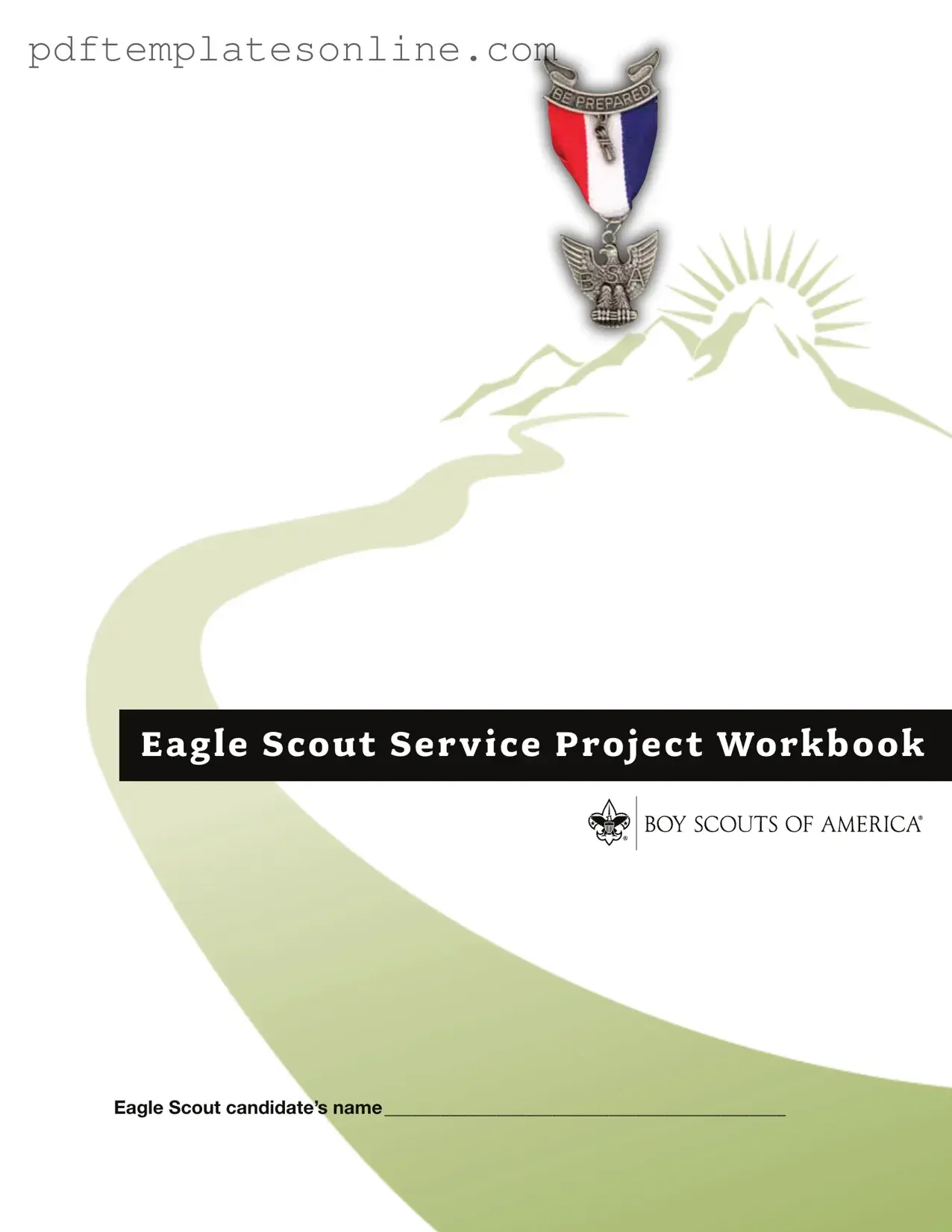Blank Eagle Scout Project Workbook Form
The Eagle Scout Project Workbook is a vital document that guides Scouts through the planning and execution of their Eagle Scout service project. This form helps ensure that the project meets the standards set by the Boy Scouts of America while allowing Scouts to showcase their leadership and organizational skills. Completing the workbook is an essential step on the path to achieving the prestigious Eagle Scout rank.
Access Eagle Scout Project Workbook Editor Now
